Dorestad: Carolingians vs. Vikings
The transformation of an 8th century Frankish market town under Viking Influence.
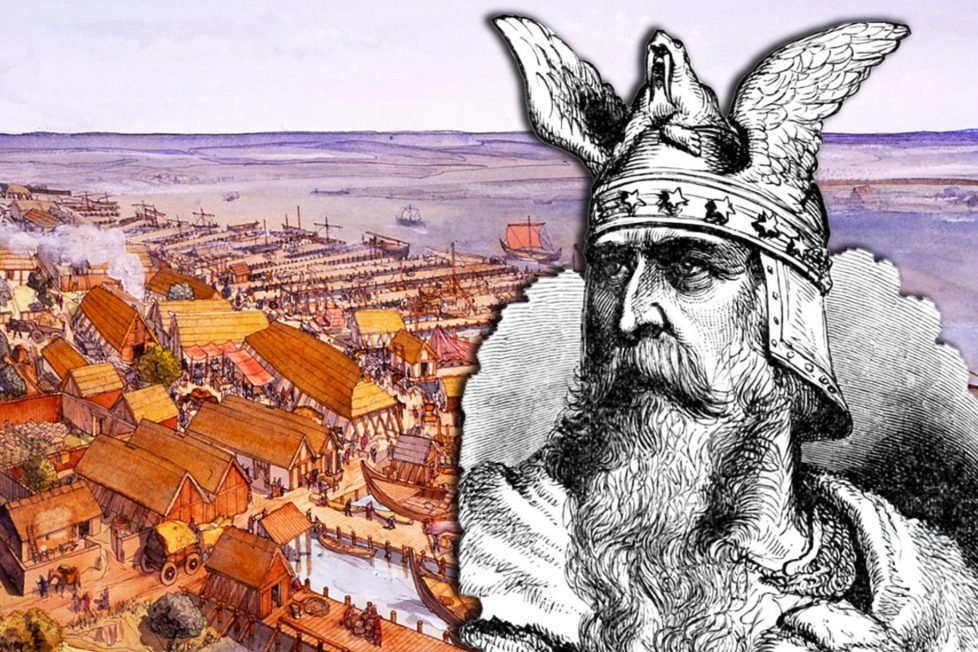
The transformation of an 8th century Frankish market town under Viking Influence.

Table of Contents
ToggleThe bustling banks at the juncture of the rivers Rhine and Lek, in what we now know as the western Netherlands, were a hot commodity to the powers of the 7th through 9th centuries. Starting with the Romans who built a fortress there, Levefanum.
Under the rule of the Frankians, or the Carolingian Empire, Dorestad thrived as a meeting point, a coin mint, and a bustling trade center for centuries, despite frequent warfare and raids. Two and a half centuries later it was gone. So, what happened? Did the Vikings drive it into the ground or were there other factors in its demise?
By the 9th century, Danish rulers (also Vikings) had taken control of Dorestad — it’s a common assertion that they drove the prosperous town into the ground. By the mid-9th century, the town simply couldn’t recover from the constant raids during the intermittent Danish presence. But it was more complicated than that. This thriving market town had shown to be incredibly resilient, always bouncing back from hardship, so what finally broke their spirit?
Situated almost dead in the center of today’s Holland, Dorestad was established at the site of not one but two former fortresses — one of the Romans and another of the Carolingian empire. The Carolingian fortress was thought to have been built by Charlemagne himself. Even today the closest town to this historic site is called Wijk bij Duurstede which translates to ‘the little place near Dorestad’. The walls of the Roman fortress and those built by Charlemagne stretched across the banks with palisades and gates all the way to the junction of the river Lek with the river Rhine, and that’s where this prosperous market grew.
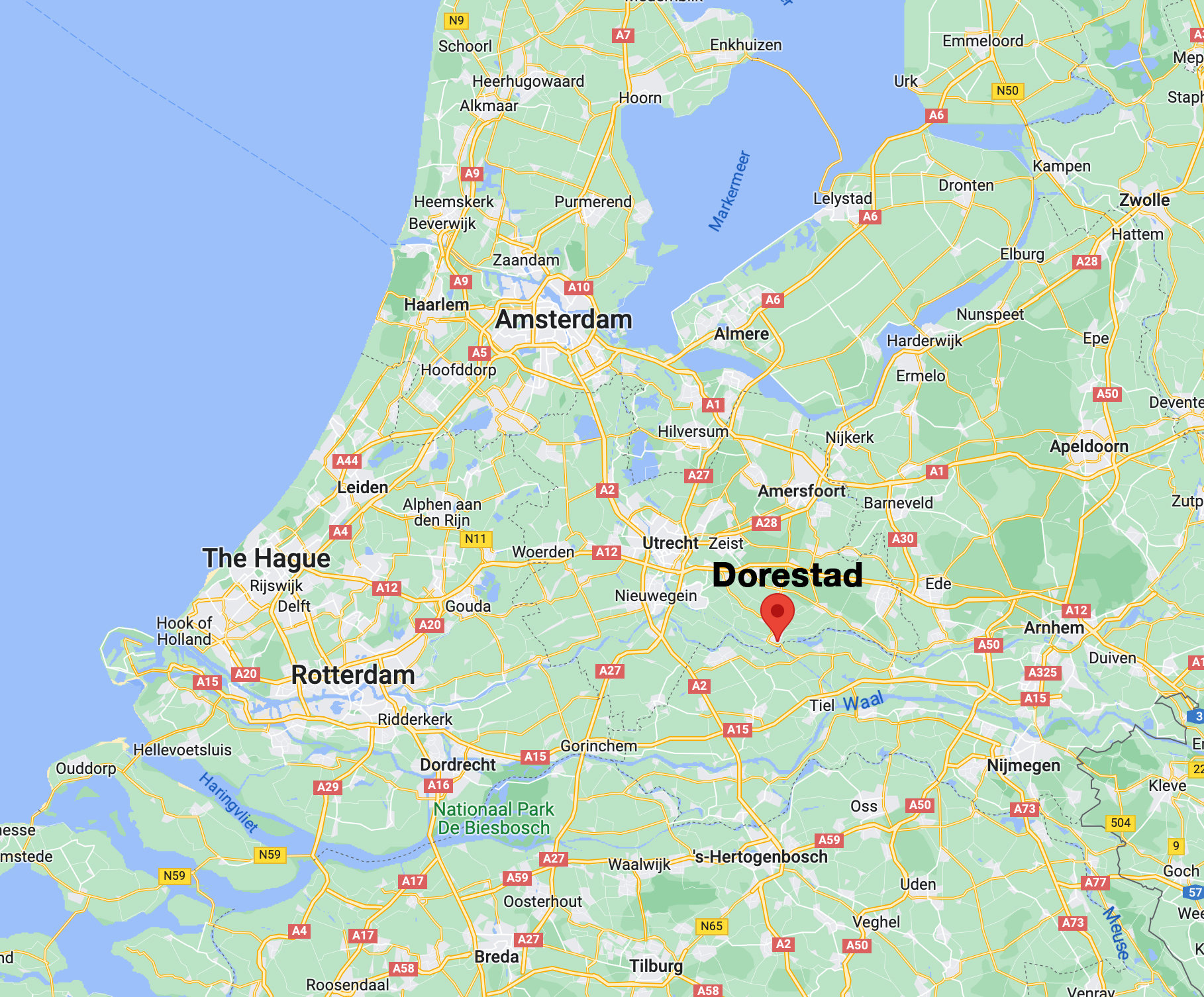
First referred to as an Emporium, which means ‘market town’, Dorestad was, for some time, a major trading port for the Carolingian empire with ships sailing with French products to Norway and into the Baltic. Quentovic (which has been referred to as the modern Calais) became the central place for trade with England. Dorestad, in addition to being a port town, served as the minting place for Charlemagne’s famous Dorestad coinage.
The fifty years between 780 and 834 CE were considered to be Dorestad’s greatest. Its reputation spread far and wide and very well could have been the largest trading market within northern Europe. So prosperous in fact, that the Franks and the Frisians fought over control of the port. While the Frisians started the incredible market, the Franks won out around the end of the 7th century and gained control of the port.
Under the Franks, Dorestad thrived and grew into what is referred to as the Upper Town where the coins were minted and the Lower Town with the harbor (that stretched the entire length of the town) where trade took place. The Franks brought in international trade, more coins, tolls, and taxes. Many coins of both Carolingian and Frankish design have been excavated from the Upper and Lower Towns supporting the reports of prosperity and growth.
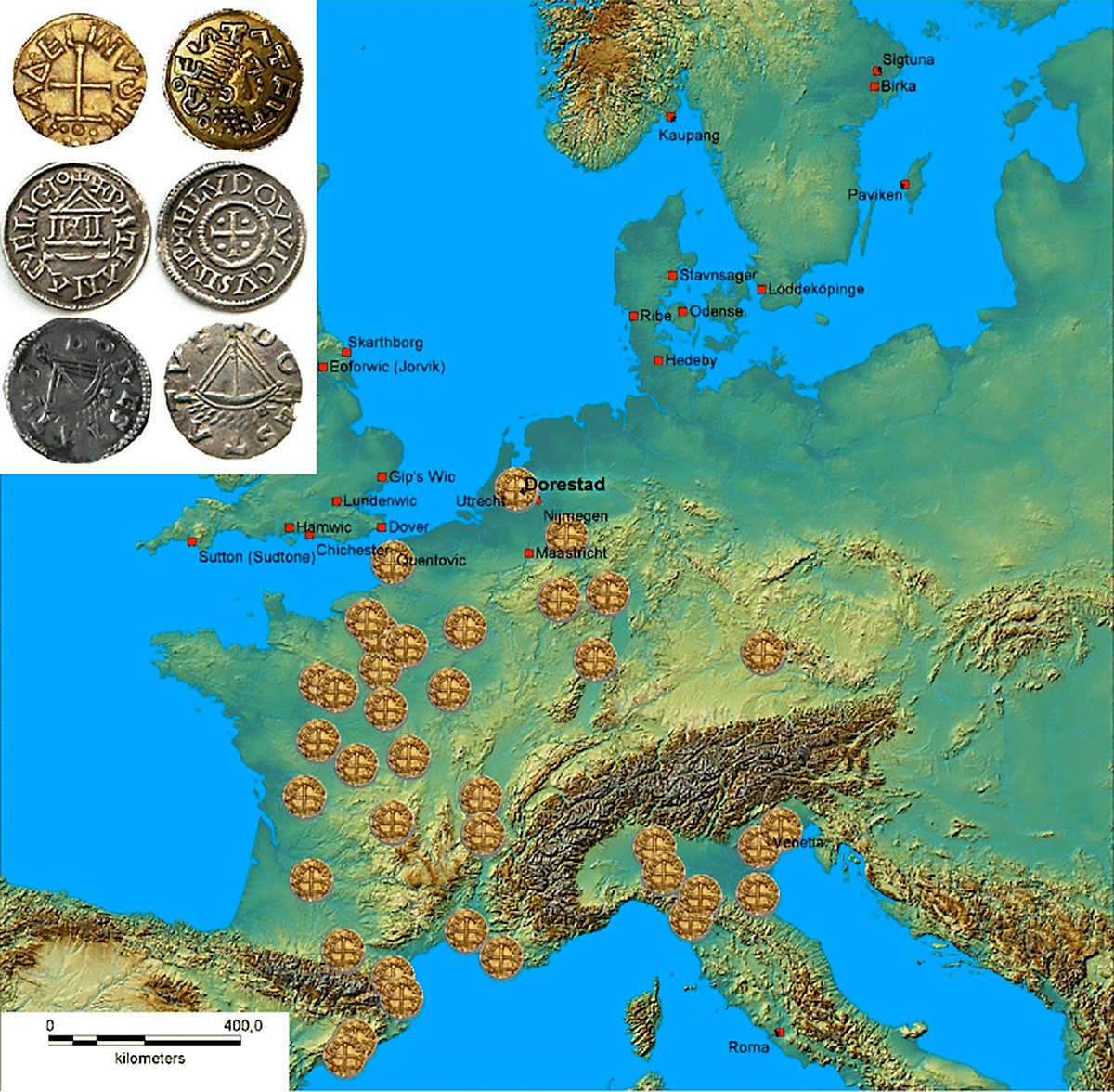
The town exchanged hands regularly, defenses weakened, which made it an easy target for raiding Vikings. It sat right on a contested border between the Frisians and the Frankians so they were well used to conflict and battle. While the Frankians won a great battle over Dorestad in 695 CE, the Frisians didn’t completely relinquish control until the death of King Radbod in 716 CE. That left 21 years of conflict and unease that the Viking raiders could easily take advantage of.
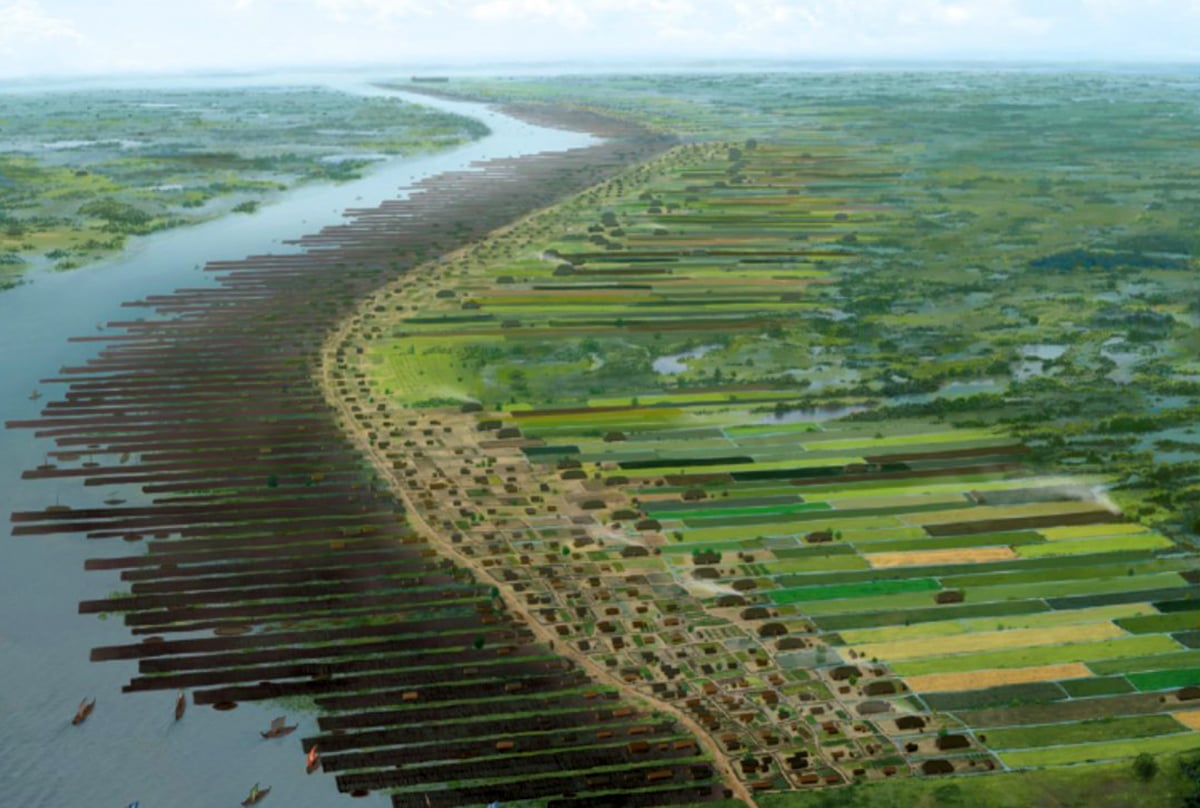
The harbor was always full of a large number of merchant ships that came from all over Europe, Scandinavia, and Spain, transporting international products to this northern hub. The constant movement of goods, expensive trade items, coins, and even the benefits of the local arable land made this port luxurious. Elite merchants and craftsmen made it their home.
This mass of continuous wealth in one location made for an interesting prospect for the Vikings and you can see that in their tactics. Looking at other Viking raids, towns and monasteries were leveled, crops burned out, and people died in mass, but Dorestad was different. They seemed to see the potential for regular wealth. In 834 CE, Dorestad was attacked dozens of times by Vikings but archaeologists have found no traces of slaughtered animals or burned-out fields. They also haven’t found any mass graves indicating a slaughter of the people.
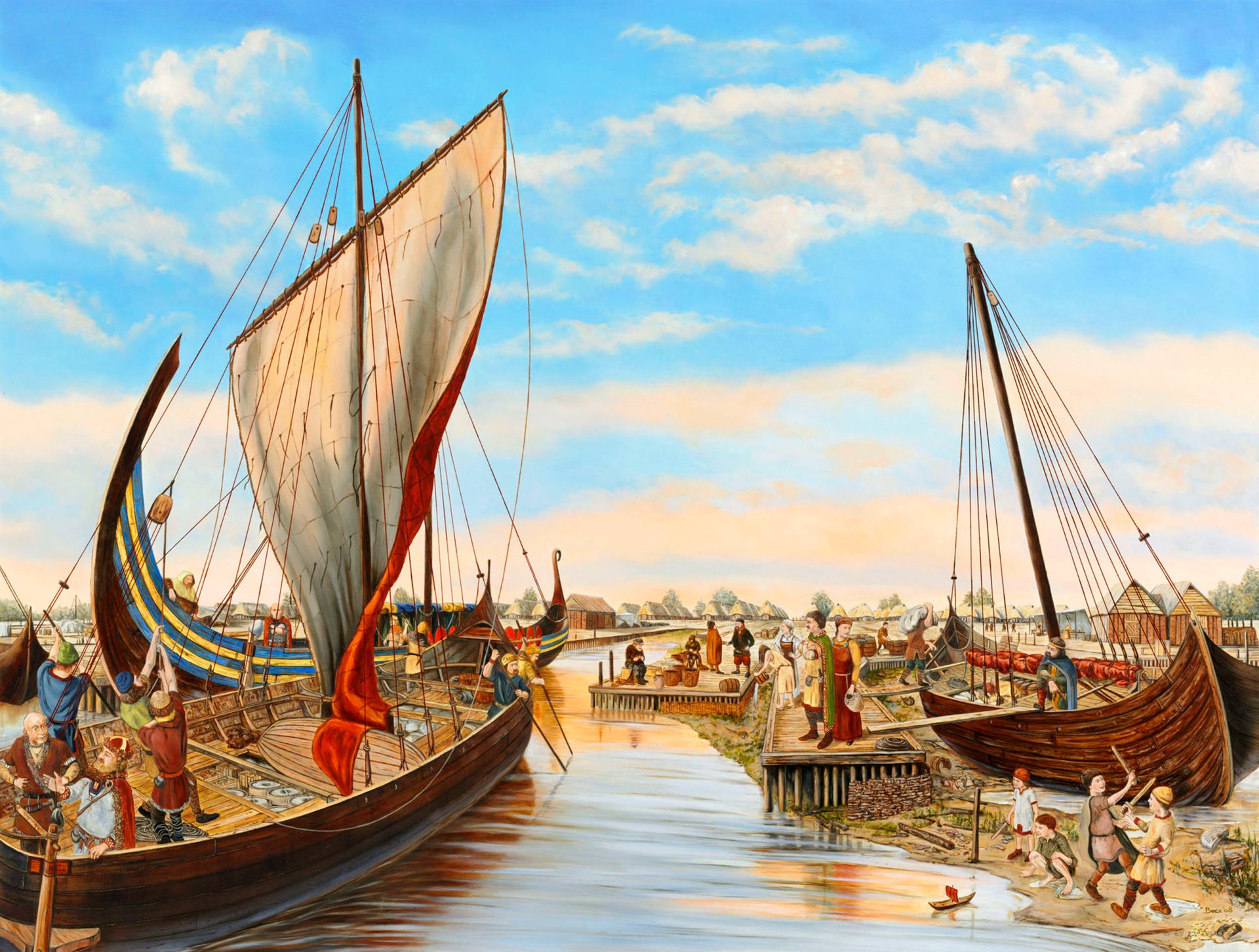
Not only did they continue to raid Dorestad on an annual basis, showing the continuation of wealth there, but they also saw enough potential to take what they wanted and let the town recover for the next time. This was an unusual approach. According to documents, any damage that was done to the town was repaired within a single winter. The raiders were downright gentle compared to other locations. If the Vikings were this interested in regular visits during their raiding campaigns, then what happened to Dorestad?
The answer to this question is more complex than commonly known. First, the Frankians ceded control to an elite noble, then by granting more and more land to the church. Shortly after, a Carolingian King hired Danish nobles to live in the town and protect the coastline from other Viking’s raids, despite being greatly disliked by the people. These same Danish rulers, once the raiders of early Dorestad, ruled intermittently for almost fifty years over an already declining town.
Why was it already in decline? As we’ve already established, while the Vikings raided regularly, they weren’t as aggressive as they were in other areas and Dorestad recovered easily. While it’s convenient to blame it on the Vikings, it’s simply not true. Dorestad was a hub of international trade and the times were beginning to change. More craftsmen settled the area, making goods that used to be only available from far-off places. Regional trade centers were rising all over the countryside and the demand for international goods was waning quickly. Combine that with the difficulty of controlling the local elites of Dorestad and the kings were losing interest. Kings losing interest meant the minting of coins stopped. When the area was placed under the control of Lothair I, a Carolingian King (who brought in the Danish rulers) many of the merchants that still resided in or near Dorestad were no longer comfortable and moved outside of Danish territory.
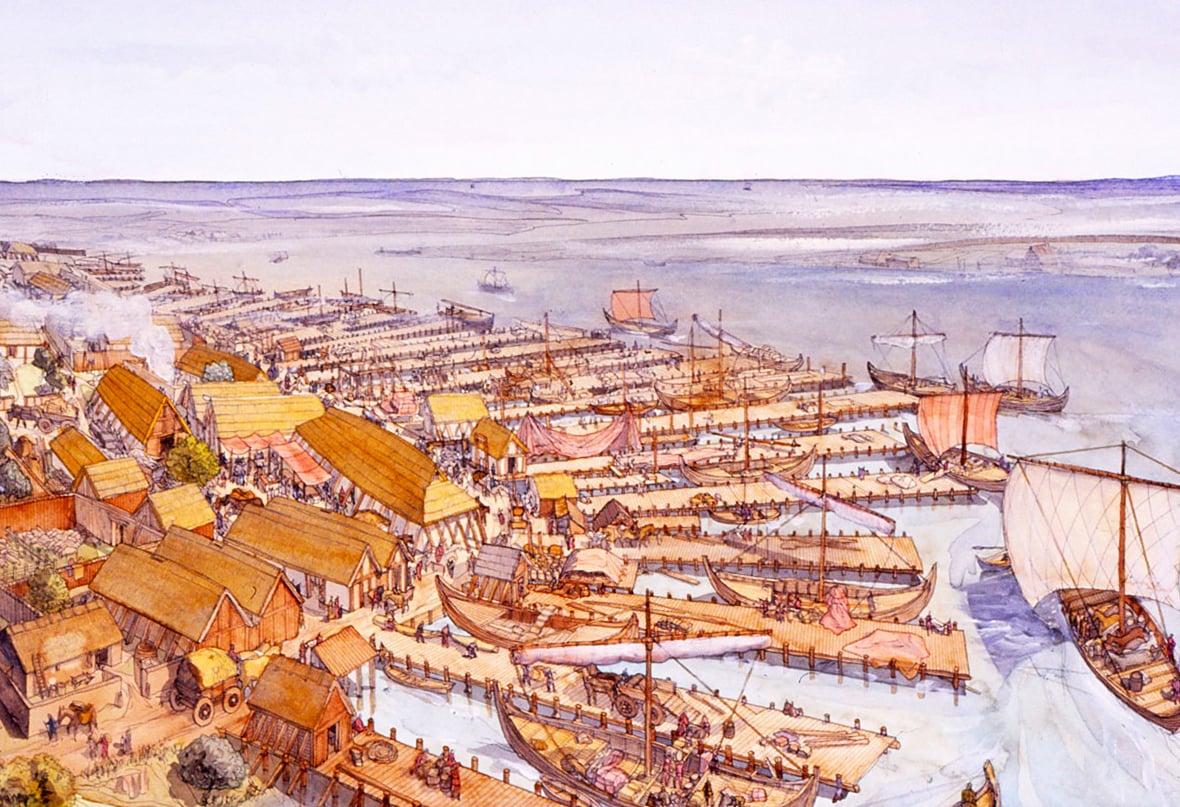
Then came the year 864 CE when something far more destructive than Vikings struck the town: nature. A series of tidal waves followed by flooding. The weather was so intense and destructive it was written about in the chronicles depicting extensive damage and loss of life all along the Rhine. The rivers that brought all that prosperity to Dorestad changed course and essentially killed a town that was on its last leg. Other ports with friendlier waters took over.
The loss of interest and therefore protection hit the town hard. In 863 CE, the nature of the Viking attacks changed, becoming more vicious and damaging. So much so that they never really recovered. That change in tactics hints at a town in severe decline that no longer showed extended potential compared to earlier years. The shift over to more regional trade and the constantly changing political nature of the area finally took its toll.
By 881-882 CE, the Vikings engaged in a particularly vicious and damaging campaign along these coasts. This campaign has been touted as one of the most successful campaigns in history and they caused significant damage to several sites, but not Dorestad. Why not? To pass Dorestad by as they traveled along the coasts implies that there wasn’t anything there of interest or value anymore. By the end of the 9th century, Dorestad disappeared except for an agricultural villa that was mentioned briefly in 948 CE.
It’s hard to blame the decline of a major market town solely on the destructive Viking raids, especially when the town reached its peak under Danish control, even as Vikings raided it annually. To maintain prosperity while under such attacks suggests otherwise.
Also, blaming the Danish rulers for the fall of Dorestad is unfair. By the time Lothair I appointed Danish rulers, the town had already hit a steady decline. What can then be the cause for the fall of Dorestad? Political instability, a shift in socio-economic patterns, and nature. While the town could have potentially recovered from the political instability and shifted their tactics to match the shift to regional trade, the change in the nature of the rivers that brought them their livelihood appears to have been their undoing. It’s easy to blame the Vikings and their raiding for many of the towns and the undoing of great centers of power during this period, but it’s beneficial to look into all the details before coming to conclusions.
